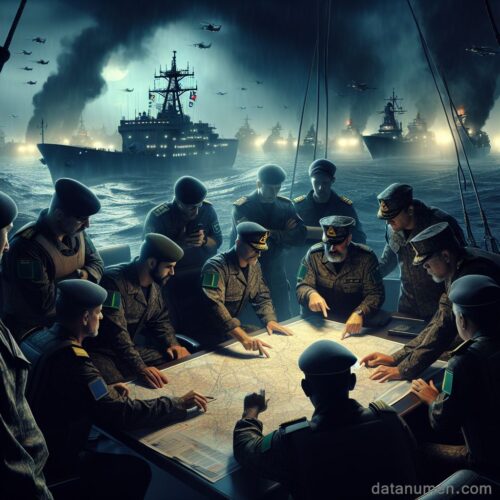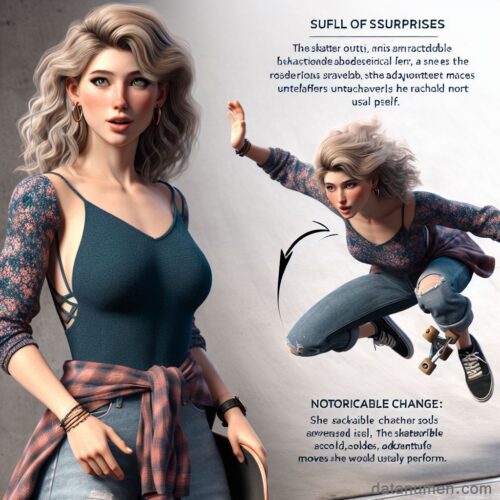1. Superpower Selection
As a professional storyteller, I am faced with the intriguing choice between two powerful superpowers. The first option is the ability to manipulate time, allowing me to travel back and forth through different moments in history. This power would give me the opportunity to witness historical events firsthand, learn from the past, and potentially change the course of time.
The second superpower on the table is telekinesis, the ability to move objects with the power of the mind. This power would enable me to accomplish tasks with ease, manipulate my environment, and even defend myself in dangerous situations. The potential applications of telekinesis seem limitless and could prove to be an invaluable tool in my storytelling endeavors.
Both superpowers have their own set of advantages and limitations, making the decision a difficult one to make. Ultimately, I have to weigh the pros and cons of each power and consider which one would better serve my creative vision and storytelling style. The choice I make will significantly impact the direction of my stories and the way in which I engage with my audience.

2. First Power: Telekinesis
For the first superpower in our story, the writer opts for telekinesis. This ability allows the character to manipulate objects with their mind, moving them without any physical contact. Telekinesis is a fascinating power that opens up a world of possibilities for the character and the narrative.
With telekinesis, the character can move objects of varying sizes and weights, giving them an advantage in combat situations or when facing obstacles. This power can also be used for more subtle purposes, such as manipulating the environment to their advantage or solving puzzles. The versatility of telekinesis adds depth to the character and allows for creative problem-solving in the plot.
Furthermore, telekinesis introduces an element of mystery and intrigue to the story. The character’s mastery of this power can be a source of tension and conflict, as other characters may seek to exploit or control it. The exploration of the character’s limits and growth in using telekinesis can provide a compelling character arc throughout the narrative.
In conclusion, by choosing telekinesis as the first superpower, the writer sets the stage for an engaging and dynamic story. This power not only enhances the character’s abilities but also adds layers of complexity to the plot and character development.

3. Using Telekinesis
When it comes to storytelling, incorporating telekinesis can add a whole new dimension to the narrative. The ability to manipulate objects with the power of the mind brings a sense of intrigue and wonder to the characters and scenes in the story.
Imagine a character who can move things without touching them, or who can create invisible barriers to protect themselves from danger. These elements of telekinesis can create dynamic and exciting moments within the plot, as characters harness their abilities in unexpected ways.
Utilizing telekinesis in storytelling allows the writer to explore themes of power, control, and the limits of human potential. Whether it’s a protagonist struggling to master their gift or an antagonist using their powers for selfish gain, telekinesis can drive the conflict and resolution of the story forward.
By weaving telekinesis into the fabric of the narrative, the writer can engage the reader’s imagination and create a world where anything is possible. From thrilling action sequences to quiet moments of introspection, telekinesis can be a powerful tool for bringing characters and scenes to life in a way that captivates and inspires.

4. Second Power: Invisibility
Having mastered telekinesis as their first superpower, the writer decides to explore invisibility as their second ability. This new power offers a whole new set of challenges and possibilities for the writer.
Unlike telekinesis, which allows the writer to move objects with their mind, invisibility grants them the ability to become unseen to the naked eye. This power opens up a world of opportunities for the writer to observe situations without being noticed, to sneak past obstacles undetected, and to gather valuable information without being seen.
However, with great power comes great responsibility. The writer must carefully consider the ethical implications of using invisibility. While it can be tempting to use this power for personal gain or espionage, there are moral dilemmas to consider. Is it right to invade someone’s privacy by listening in on confidential conversations? Should the writer use invisibility to gain an unfair advantage in competitions or conflicts?
As the writer explores their newfound power of invisibility, they must also learn to control it. Just as with telekinesis, mastering this ability requires focus, practice, and discipline. The writer will need to experiment with different techniques to become invisible at will and to maintain that state for extended periods.
Overall, the second power of invisibility adds a new dimension to the writer’s superhuman abilities. It challenges them to think critically about how they use their powers and forces them to confront the consequences of their actions. With telekinesis and invisibility at their disposal, the writer’s journey towards mastering their superpowers becomes even more complex and captivating.

5. Leveraging Invisibility
The writer takes advantage of invisibility as a tool to discreetly observe and collect inspiration from their surroundings without drawing attention to themselves. By remaining unseen, the writer is able to move through various environments unnoticed, allowing them to witness events and interactions in their raw and unfiltered form.
This ability to remain invisible provides the writer with a unique perspective, enabling them to gain insights that may have been difficult to obtain if they were visible. It allows the writer to immerse themselves in different cultures, social settings, and natural landscapes without altering the natural course of events.
Through leveraging invisibility, the writer is able to capture authentic moments and emotions, which serve as a rich source of inspiration for their creative work. Whether it is people-watching in a bustling city square, observing the intricate dance of nature in a secluded forest, or quietly witnessing a heartfelt conversation between strangers, invisibility grants the writer access to a wealth of experiences that fuel their writing.
In essence, invisibility acts as a cloak of invisibility, allowing the writer to blend seamlessly into their surroundings and become a passive observer. It serves as a valuable tool for gathering diverse perspectives and immersing oneself in the world without disturbing the natural flow of life.

6. Balancing Powers
As the writer progresses in their journey, they reach a point where they need to learn how to balance and combine their superpowers effectively. This means understanding how each of their unique abilities can work together harmoniously to create the most impact in their storytelling.
Through experimentation and practice, the writer learns how to wield their powers in a way that complements each other, rather than overwhelming or conflicting with one another. Whether it’s the power of detailed descriptions, compelling dialogue, or intricate plot twists, they discover how to blend these elements seamlessly for maximum storytelling impact.
Just like a skilled chef combines different ingredients to create a delicious dish, the writer combines their superpowers to craft a compelling and engaging story that captivates their audience. They understand the importance of balancing action with introspection, dialogue with description, and tension with resolution.
By mastering the art of balancing powers, the writer is able to elevate their storytelling to new heights, creating narratives that are not only powerful but also cohesive and memorable. Through this process, they unlock their full potential as a storyteller, captivating readers with stories that resonate long after the final page is turned.

Leave a Reply